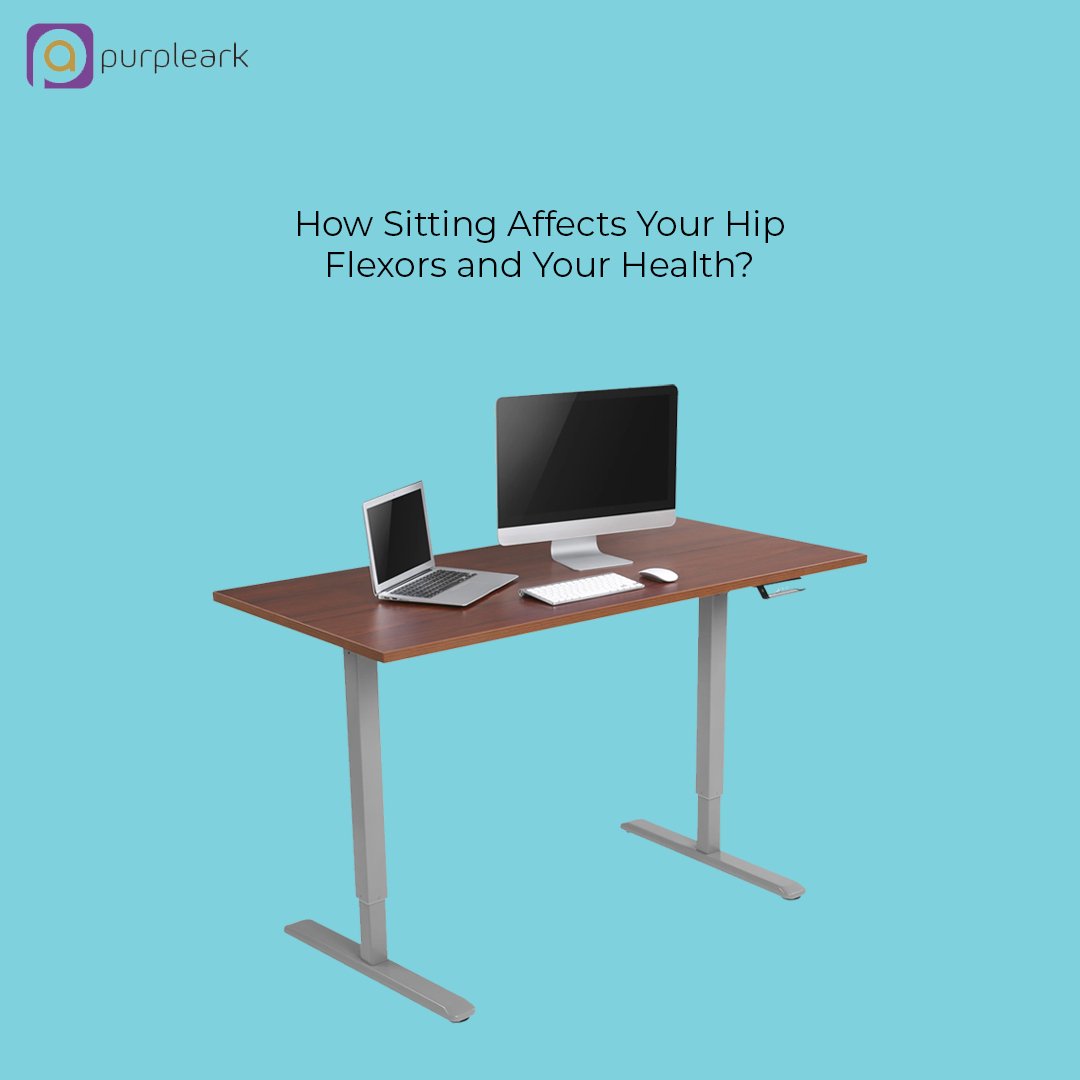
How Sitting Affects Your Hip Flexors and Your Health
Do you spend most of your day sitting at the desk?
You are not alone. You are among the many professionals who sit for more than 8 hours daily. Not many of you are aware of the impact of sitting on your hips. If you remain seated for long hours and then finally get to stand, you will notice the stiffness in your hips. It is not a sign of your age but is a reflection of the hips and legs being in the same position for long hours.
Whenever you sit, your knees bent and the hamstrings are in a relaxed and shortened position. The hip flexors are at the maximum shortened length. Poor posture can lead to hip pain but if you remain seated for 40 to 50 hours in a week for 5-6 months, you will notice decreased strength in the hips. If you try to get up, your core, glutes and hip extensors will feel weak. If you do not pay attention to the stiffness or the cramps in your hips, you could end up with chronic pain at a later stage in life.
Sitting for long hours is harmful to your health and it is something you should avoid. You need to move the muscles in your hips from time to time and if you remain seated for 4-6 hours at a stretch, they become stiff and will give cramps when you move.
How can you avoid hip pain?
The easiest way to avoid the pain is to have a good ergonomic setup. It is important to sit with your feel aligned, the spine straight and the pelvis aligned. The right posture can make a lot of difference to your health. Do not cross your legs or sit in a crooked position. Never lean on one side. An efficient alternative is a standing desk.
The growing demand and popularity of standing desks show that organizations understand its positive impact on your health and well-being. A standing desk comes with an adjustable height feature and you can have the right posture at all times. You need to ensure that you shift your stance and place one foot on a small stool and alternate to the other side. Avoid static postures when standing.
You might not feel comfortable standing all day. You should divide your time between sitting and standing. Sit for 20 minutes and stand for 40 minutes. You will slowly get used to standing while you work. Keep the muscles loose by taking walking breaks from time to time. Stretch the hip flexors every hour. Even a 5-10 minute walking break can make a huge difference.
Standing desks are beneficial for your overall health and wellbeing. It helps lose weight and increases productivity. If you have suffered from lower back pain or neck pain, it is best to switch to a standing desk right away. The desk will enhance your mood and improve productivity. It is easy to use and saves a lot of space.
